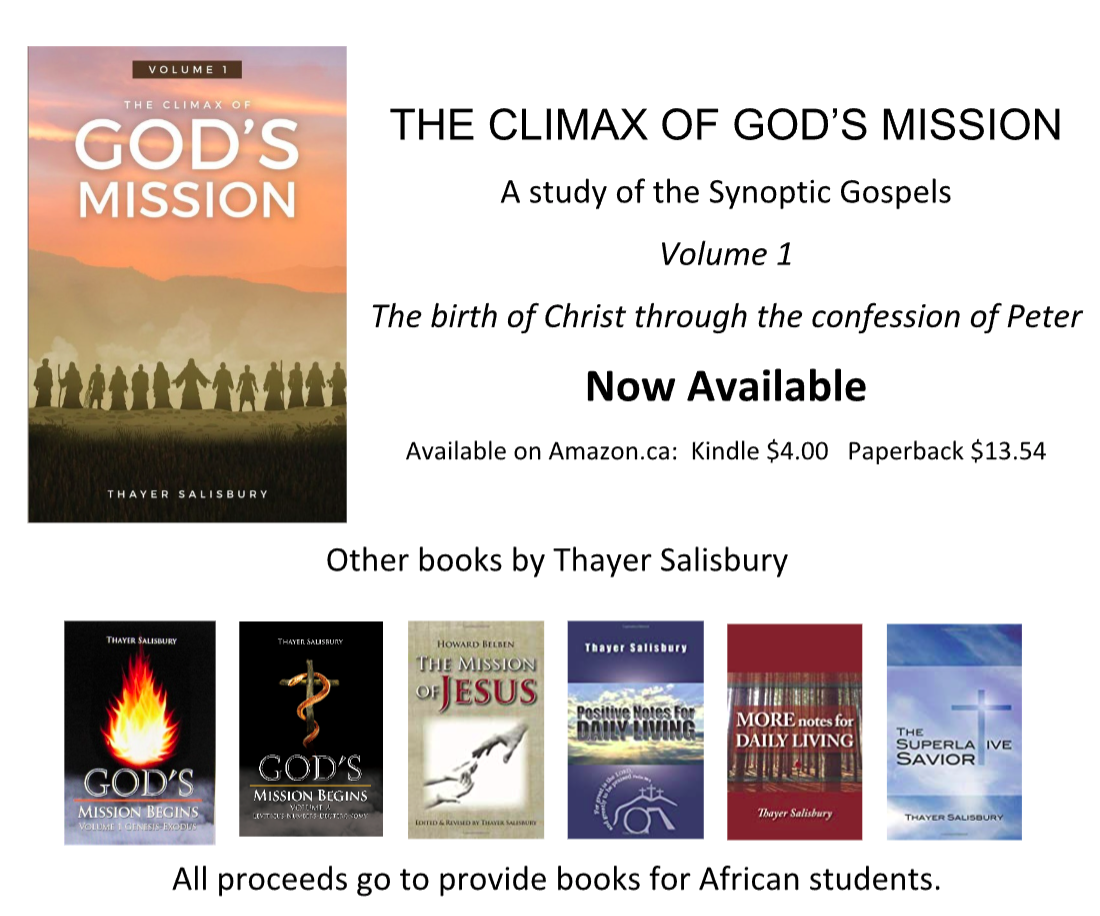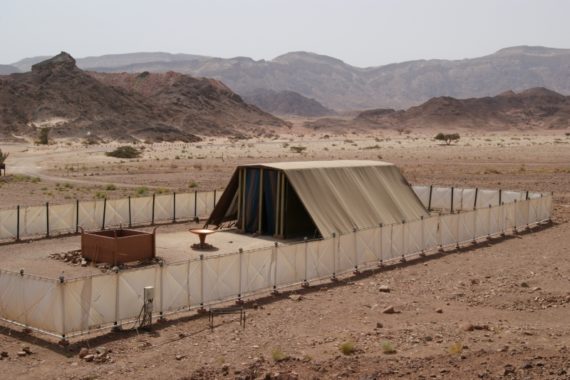Exodus 25–31 records the instructions God gave Moses for the construction and design of the Tabernacle. These chapters often get skipped or skimmed in yearly reading plans—I know, I’ve been there too. Parts of it can feel repetitive or difficult to follow, and it’s not always clear how it applies to our lives today. This year, for my Genesis–Exodus class at Great Lakes Bible College, I had the opportunity to write a paper on Exodus 26, which gives the design for the tent proper. The more I’ve studied this passage, the more I’ve come to understand why it is part of God’s Word, and that it is just as applicable today.
We’ll walk through the passage here in broad detail, but I would highly encourage you to read it yourself. In Exodus 26:15–30, we read about the tall wooden boards that made up the solid, skeletal structure of the Tabernacle. Each board was fashioned of rich acacia wood and was overlaid with gold. Each board was held in place by two bases of pure silver, and joined together by gold-covered acacia poles inserted through rings of pure gold. These boards formed the walls of the Tabernacle, and supported everything else above it.
Over top of this skeletal structure, a series of coverings were laid, described in verses 1–14. The first covering was made of blue, purple and scarlet yarns and linens—very precious and rare colours. Skillfully woven into the fabric were depictions of cherubim, and the fabrics were all held together by golden clasps. This first covering was placed directly over the wooden frames, and was the most ornate and lavish because it was closest to the presence of God. Over top of that first layer were more functional coverings made of goat skins and ram skins, which were needed to protect the tent from outside weather conditions.




In verses 31–37, the Israelites were commanded to make a curtain for the outside of the tent, which functioned as the front door of the Tabernacle. It was to be made of the same blue, purple, and scarlet yarns, and was held up by five pillars of acacia overlaid with gold on bases of bronze. Finally, there was the veil, which separated the Holy Place from the Holy of Holies, where the Ark of the Covenant was kept and where God’s presence dwelt. This veil was designed in the same fashion as the innermost covering, because it too was closest to the presence of God. It had cherubim woven into the blue, purple, and scarlet fabric, and was hung on four gold-covered pillars on bases of silver. This veil blocked off the Holy of Holies, which would have been in complete darkness, shielded from the outside world.
Even in such broad strokes, the point of the passage remains clear: the Tabernacle was very rich and lavish, using expensive and rare materials and intricate designs; great care and detail was put into its construction, with everything, from large to small, being specified by God. What makes the Tabernacle so important, though? Why was there so much detail put into its design? Most importantly, why is it included here in God’s Word?
The purpose of the Tabernacle was God’s presence. It was how God was to dwell among His people. God had chosen Israel to be His special possession, and as part of their covenant, Israel would have God’s perfect, holy presence living in their midst—a prospect that is both amazing and terrifying. God wasn’t watching from afar; He was physically among them. His dwelling place was visible to their very eyes.
How can a holy and perfect God live among people? He needs to have a holy dwelling place built for Him. If God was to dwell among His people, they needed to build a house worthy of His name, and follow all the instructions He gave them for building it. In this way, the construction and design of the Tabernacle reveals God’s holy character. As strange as it is to say, this passage isn’t about a tent. It’s about the God whose holy presence dwelt in that tent. The beauty, detail, design and richness of the Tabernacle revealed to the Israelites who God was. It reminded them of the reverence that was due Him, and the seriousness of having God dwelling among them. Its holiness and beauty was a symbol of the holiness and beauty of God.
But just as the Tabernacle showed that God was dwelling among His people, it also showed He was separate. This is seen most clearly in the veils. Only the priests could enter the Holy Place, and no one could enter the Holy of Holies, except the high priest, and only once a year. No one else would never see beyond the first curtain, and only one person would see the Ark of the Covenant and the place where God dwelt. It drove home the point. God was holy, so although He was dwelling among His people, He had to remain separate. People couldn’t freely enter His presence whenever they liked—in fact, they couldn’t enter His presence at all. They were sinners and unclean, and they could not stand before a holy God and live.
All this has changed under the new covenant. Today, God no longer dwells in a Tabernacle or a temple. Instead, He dwells in us. Through baptism and faith in Jesus Christ, God gives us His Holy Spirit, and He lives in our hearts. In 1 Corinthians 6:19, Paul writes, “Do you not know that your body is a temple of the Holy Spirit within you?” Today, we are the Tabernacle. We are the temple where God lives.
But how can the holy God, who had to be separated from His people by the veil, dwell in us? The people of Israel were sinners, and so are we. If they couldn’t stand in God’s presence and live, how can God’s holy presence live in us, who are unholy? The answer is that He is making us holy. Through the blood of Jesus, we are no longer sinful and unclean. He is making us clean and pure, and is transforming us into His image. Through the blood of Jesus, the veil has been torn open, the separation between God and man has been removed forever, and the presence of God has been unleashed on the world.
In Exodus, God had the Israelites build Him a holy dwelling place. Now, He is building His dwelling place. He is shaping us, moulding us, and transforming us to be His holy temple. The Tabernacle was ornate and beautiful. Its designs were intricate, its materials costly and expensive. If that is how much beauty and detail God put into the Tabernacle, which was just a physical tent, how much more beauty and detail will he put into us, whom He has chosen as His sons and daughters? How much more beautiful will our souls be when we have been conformed to the image of Christ?
It would have been a privilege to live in ancient Israel, and to see the Tabernacle, a physical witness of God’s presence among His people. But brothers and sisters, ours is an even greater privilege, to have God’s presence dwelling in our hearts, to be able to enter into the Holy of Holies, passing through the veil that has been torn and to stand before our God with full confidence.
Milton, ON

